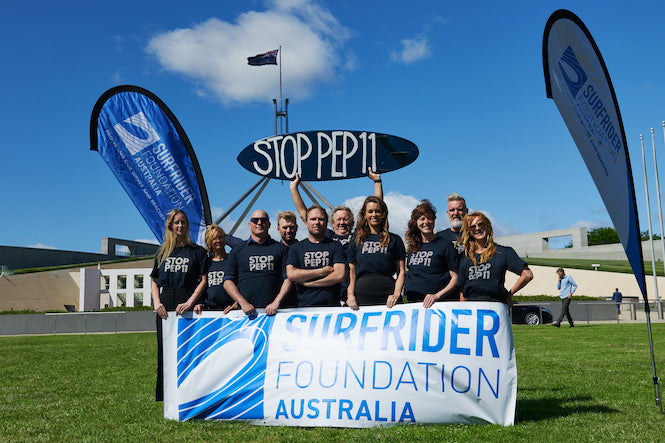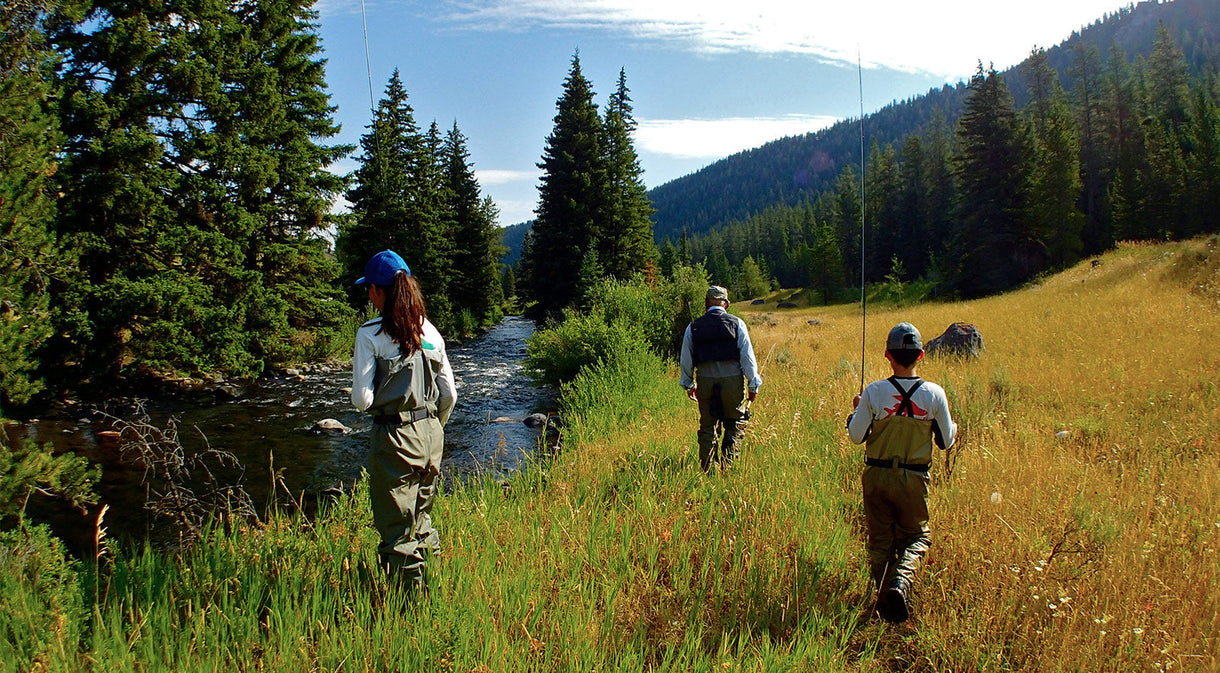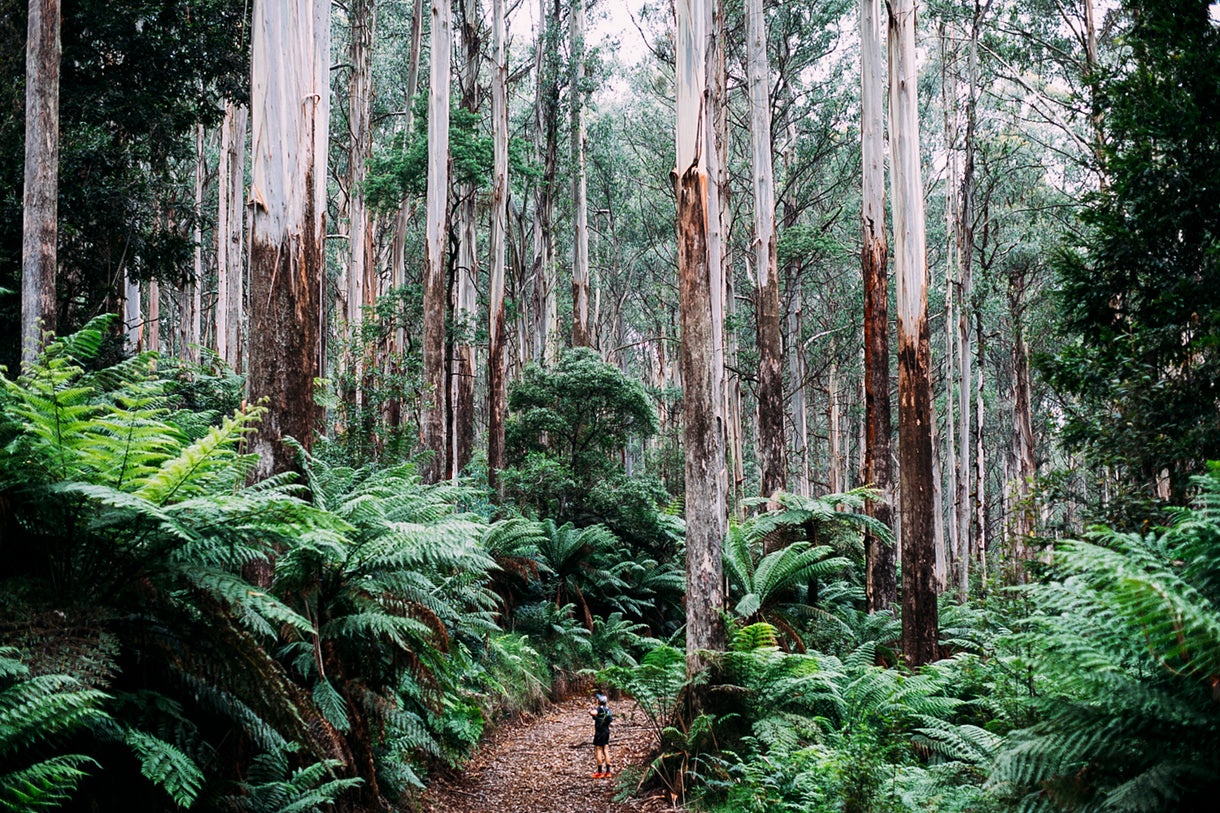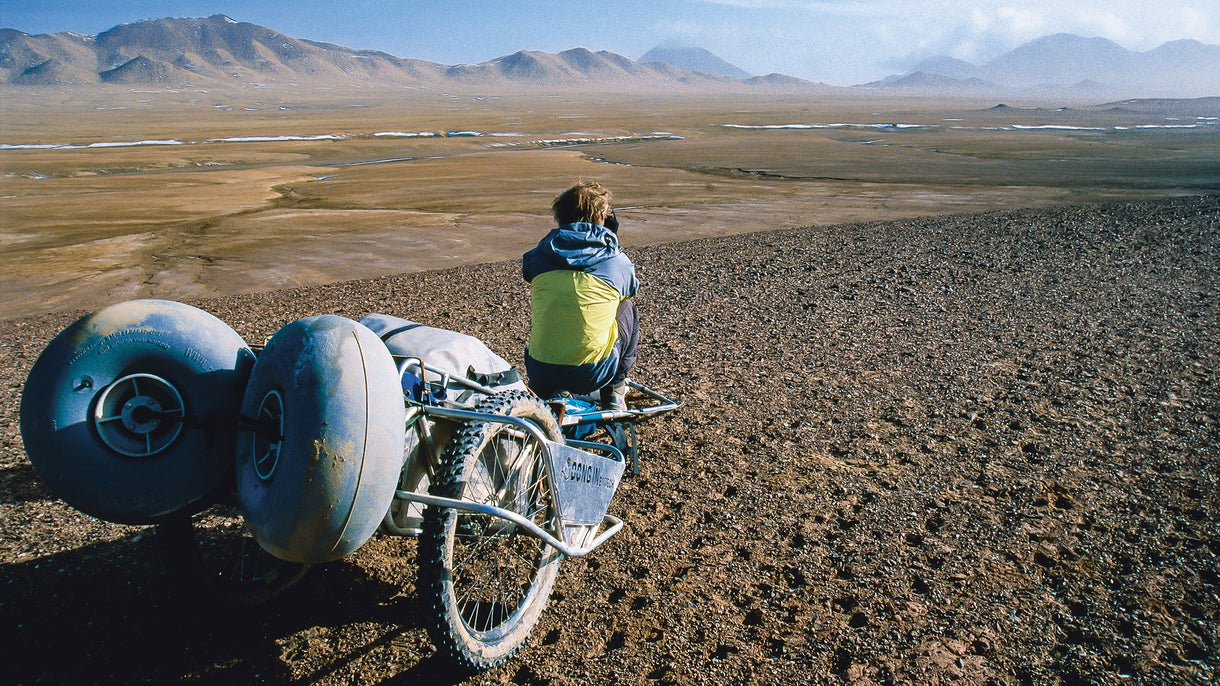This federal election is the most important in generations, past and future.
The upcoming federal election on May 21 has been described as the most important in Australian history. Sure, political hacks say that every time, but it feels at this point in the hundred-odd years of the Australian parliament, in the 60,000-plus years of human history on this continent, and maybe even in the billion years of life on this planet, there’s never been more at stake.
This election is important for a number of reasons, but from a scan of the mainstream press you’d guess the important parts begin and end with the economy. This election campaign, like most, has been wall-to-wall with discussion of interest rates, housing affordability, cost of living, tax cuts, national debt and wages. And these are all important to Australians, no doubt. They govern day-to-day life and they decide most elections.
But this one isn’t most elections. This one feels very different. This feels like an election for future generations.
The biggest single issue for Australians at this election isn’t the economy, it’s climate change. On the back of bushfires, floods and all sorts of atmospheric and oceanic weather records being broken, the lived reality of climate change has been driven home hard to Australians in the three years since the last federal election. The existential trumps the economic. The economy doesn’t count for much when you’re sitting on the roof of your uninsurable house, surrounded by rising floodwaters, waiting for a rescue boat that isn’t coming. It’s been a sobering time for Australians. What the scientists have been telling us for decades would happen, is happening. Now.
A decades-old battle now comes down to one week.
First, how we got here. Australia became rich (some Australians richer than others) on the back of fossil fuels. Coal and gas mainly. They’ve powered generations of growth in this country. They have fuelled the engines of the Australian economy for decades, but that’s now changing. Increasingly, they are now instead fuelling climate change and an uncertain future.
More than any other country, Australia finds itself almost uniquely placed as climate change kicks into gear. As exposed as we are to the effects of climate change – drought, heat, floods, storms, sea level rise – we are also in a position to pivot away from fossil fuels and become part of the solution. We could become, as it’s been described, “the Saudi Arabia of renewable energy.” We stand to lose and we stand to gain.
The decision we’ll face on May 21 isn’t quite that black and white though. The two major parties – one of whom will form government – are both deeply linked to the fossil fuel industry. Both the Liberal-Nationals Coalition and Labor take millions in political donations from them and talk from both sides of their mouths when it comes to transitioning away from fossil fuels. Both are committed to Australia reaching net zero carbon emissions by 2050, but at the same time they are both committed to opening new coalmines and developing new gas resources. The two positions don’t reconcile – they can’t – but this is where we find ourselves in modern Australia.
Coal has been the traditional powerhouse but is now in decline. Coal-fired power stations around Australia are closing years ahead of schedule as cheap, renewable energy surges across the country, powering almost a third of the electricity grid. That leaves gas. Over the past decade, the gas industry has expanded from one side of the country to the other, the bulk of this gas headed to Asia and the export market. The economic power of the gas industry has, inevitably, created political power.
So captured has the Australian government become by the gas industry that Australia’s pavilion at last year’s COP26 climate conference in Glasgow featured gas giant, Santos presenting a scale model of a working carbon capture plant. If Australia wasn’t already an international pariah on climate beforehand, they certainly were after. At COP26 the Australian Prime Minister presented to an empty room.
 Dawn at Bells Beach, November 26, 2019. The National Day of Action to save the Great Australian Bight from becoming an oil field was a pivotal moment in coastal activism, starting a wider conversation. Photo Olliepop Media
Dawn at Bells Beach, November 26, 2019. The National Day of Action to save the Great Australian Bight from becoming an oil field was a pivotal moment in coastal activism, starting a wider conversation. Photo Olliepop Media
When it comes to the election however, gas has become invisible. You don’t hear much about it. The gas industry generally operates in remote areas, and local candidates in those electorates tend to support the economic contribution and the jobs the industry brings. The exception to that would have been the proposed PEP11 gas field off the coast of Sydney, Australia’s biggest city, which was shaping up to be a political grenade before it was defused, finally scrapped earlier this year after years of opposition from coastal communities. The major parties are quick to support gas in the regions, but distance themselves from it in the cities.
Both Liberal and Labor support an expanded gas industry but that’s the quiet bit they don’t say out loud. The only major political party with a hard policy on gas are the Greens, who want a moratorium on all new gas projects. But to vote gas out you need to vote climate in, and on that front there are clear differences between the parties. You have clear options at this election.
Most electorates this time around will have any number of candidates running on strong platforms of climate action. In fact, a whole raft of seats will likely be decided by climate. The biggest political shift at this election has been the emergence of the ‘Teal Independents’ in a number of metropolitan electorates across the country like Wentworth and Mackellar in Sydney, and Kooyong and Goldstein in Melbourne. While their campaigns are unconnected, they all support strong action on climate. They are threatening to win a number of these seats, and in the result of a close election and a hung parliament these independents would hold the balance of power. That would be good news for the climate.
Ultimately though, unless you live in one of the handful of seats where climate-driven Independent and Greens have a strong chance of winning, your vote will land with one of the two major parties. That’s the way the preferential voting system works. While both major parties agree on a net zero carbon emission target for 2050, they differ greatly on a short-term target. Labor is aiming at a 43 per cent reduction by 2030, the Liberals meanwhile are offering their original Paris target of 26-28 per cent, a target they are “meeting and beating” although with a large asterisk. Almost all of that reduction is an accounting credit for not clearing land. Under the current government, actual carbon emissions are barely falling at all.
It’s fair to say the current federal government have hardly covered themselves in climate glory. They famously passed a lump of coal around parliament, promoted a “gas-led recovery” from the Covid pandemic, claimed electric vehicles would “ruin the weekend” and mocked Australia’s first grid-scale battery by referring to it as “the Big Banana.”
But political leanings aside, if you wanted a metric that reflects the long-term effects of the climate policies on offer at this election, you might want to consult Climate Analytics. The international climate group have assessed the respective 2030 climate targets of the major parties and extrapolated them out to what they would translate to in terms of increases in global temperature.
With the average surface temperature of the earth currently sitting at 1.19 degrees Celsius warmer than pre-industrial levels, the emission targets of the ‘Teal independents’ (while not technically a party) would see global warming top out at 1.5 degrees Celsius. The Greens targets would also land us at 1.5 degrees of warming. The Labor party’s targets would see 2 degrees of warming, a critical threshold where 99 per cent of the Great Barrier Reef would be in decline. The Liberal-National Coalition? Three degrees, “bordering on four”.
An election for future generations if ever there was one.


























































